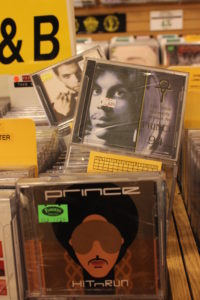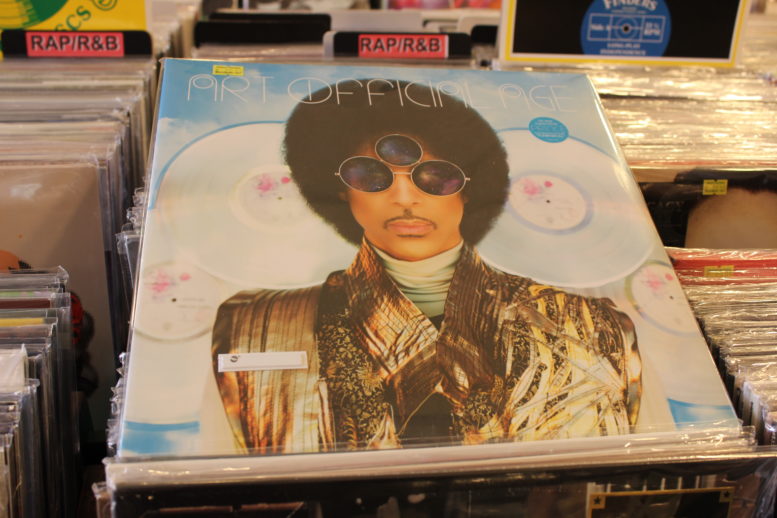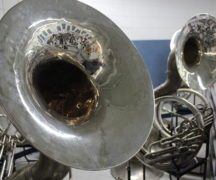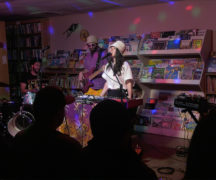By DAVID DUPONT
BG Independent News
Jeremy Wallach was a teenage musician when Prince hit the scene.
As a keyboard player he was captivated by the sounds Prince elicited from his keyboards. The attack was funky and percussive, and Prince made the most of the distinctive qualities of the electronic instruments of the time.
They were firmly rooted in the funk traditions, but difficult and definitively Prince.
Now a scholar who studies Indonesian rock and pop music, Wallach has seen the global reach of Prince’s music. When he hears a Chinese guitar player solo over a rhythm ‘n’ blues groove that manages to incorporate elements of traditional Chinese music, he hears the influence of Prince.
The Minnesota funk master respected no boundaries, he didn’t set any for himself and certainly didn’t care about any limits others tried to place on his music.

When his record label pressed him for new and bigger records following “Purple Rain” he rebelled. He famously changed his name to a symbol, and was referred to as “the artist formerly known as Prince.” All “because he didn’t like the way the industry was treating him.”
Wallach, who teaches in the Pop Culture Department at Bowling Green State University, said Prince never returned to his days of being “a commercial juggernaut” the way he was in the 1980s and 1990s, but he continue to create. “I hope 50 years from now people will listen to his entire catalog as masterpieces of American music, both his best known stuff, and his lesser known stuff. … I do hope music scholars will appreciate his later work.”
Wallach said he senses people are beginning to start to appreciate the entire span of his work.
True, Prince’s most innovative period was in the 1980s and 1990s. His late work “wasn’t as innovative. It didn’t have the shock of the new.”
Still Prince explored his own sound, and he was still experimenting. He defied genres and defied limitations. He tossed together elements of rhythm ‘n’ blues with rock. He experimented with hip hop. And he was always funky.
That defiance of industry expectations was a reason he was so “beloved” within the African-American community. “He was speaking for a community that was very boxed in,” Wallach said. “He stands up for himself, and the music he produced, and by extension the tradition it represents.”
That included a song “Baltimore” prompted by the death of Freddie Gray, and the deaths of other blacks in encounters with police.
As to commercial success, “maybe he wasn’t interested in bigger sales.” Given his early success, he may well have been financially set. “It was the record companies that pressured him to produce high sales and he resisted that,” Wallach said.
Instead Prince remained living near his native Minneapolis and worked at his own Paisley Park estate, where he died in an elevator Thursday.
In the reaction to the news of his death, he was compared to many other musicians.
Wallach said in ways he may be closest to Jelly Roll Morton, the self-described inventor of jazz and the first jazz composer from the 1920s. Both were light-skinned blacks who had to navigate the racial hierarchy of their country. Sadly, Wallach said, some of the issues were no different for Prince than they were for Morton.
“Both were considered musical geniuses, and as purveyors of lascivious sexuality. They wanted that to be part of their image. They really pushed those things together.”
Still there were major differences. Morton’s music was considered corny by the end of his life as his ensemble approach was eclipsed by the advent of virtuoso soloists led by Louis Armstrong.
Prince, however, remained relevant throughout his career, even if his sales numbers dipped.
Also, Morton tended to identify as Creole, not black. “Prince never disavowed his blackness,” Wallach said. “He always nuanced it in his own idiosyncratic way. He was Prince.”





